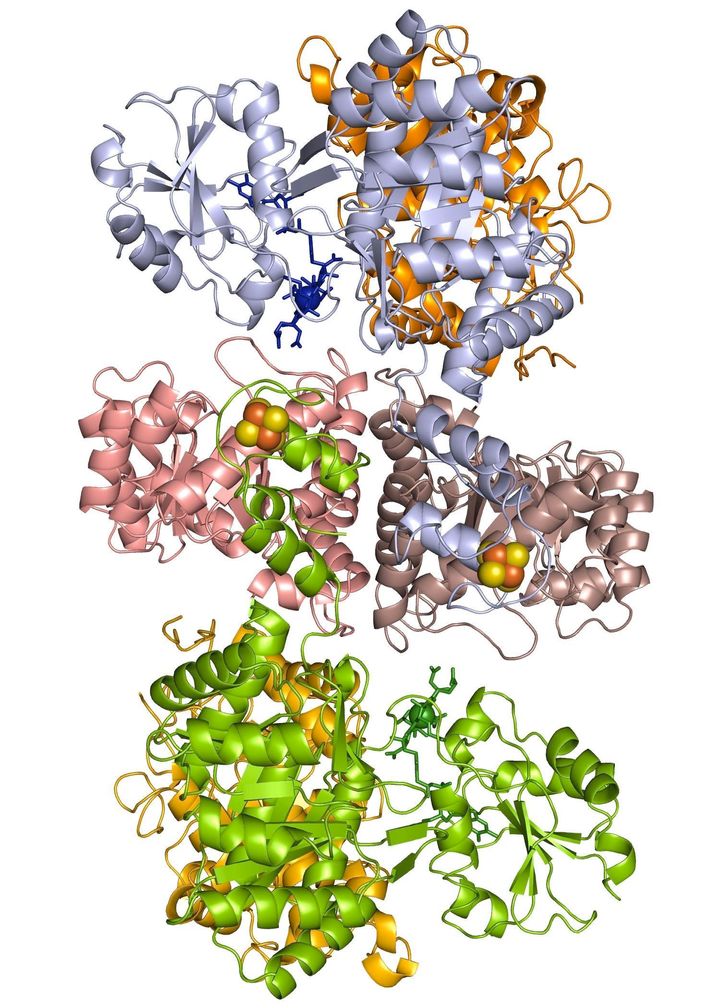
We've all heard of Vitamin B12 -- the nutrient needed for the body to form red blood cells, function properly neurologically and synthesize DNA, according to the National Institutes of Health. And now, researchers from the University of Michigan Health System and the Massachusetts Institute of Technology have developed the first 3-D view of the vitamin.
The 3-D images, which appear in the journal Nature, depict the vitamins as they are involved in methyltransfer, an important reaction that occurs both in humans and in bacteria, such as those that live in the guts of humans and animals that aid in digestion.
Being able to visualize this reaction as it happens helps researchers to understand the vitamin's role in health.
"Without this transfer of single carbon units involving B12, and its partner B9 (otherwise known as folic acid), heart disease and birth defects might be far more common," study researcher Stephen Ragsdale, Ph.D., a professor of biological chemistry at University of Michigan Medical School, said in a statement. "Similarly, the bacteria that rely on this reaction would be unable to consume carbon dioxide or carbon monoxide to stay alive –- and to remove gas from our guts or our atmosphere. So it's important on many levels."
Vitamin B12 is naturally found in many animal foods, like eggs, milk, fish and meat, according to the NIH. Some foods, like breakfast cereals, are also fortified with the vitamin.
Deficiency in the vitamin can lead to fatigue and weakness, constipation, weight loss and megaloblastic anemia, not to mention neurological symptoms like a tingling sensation in the hands or feet.